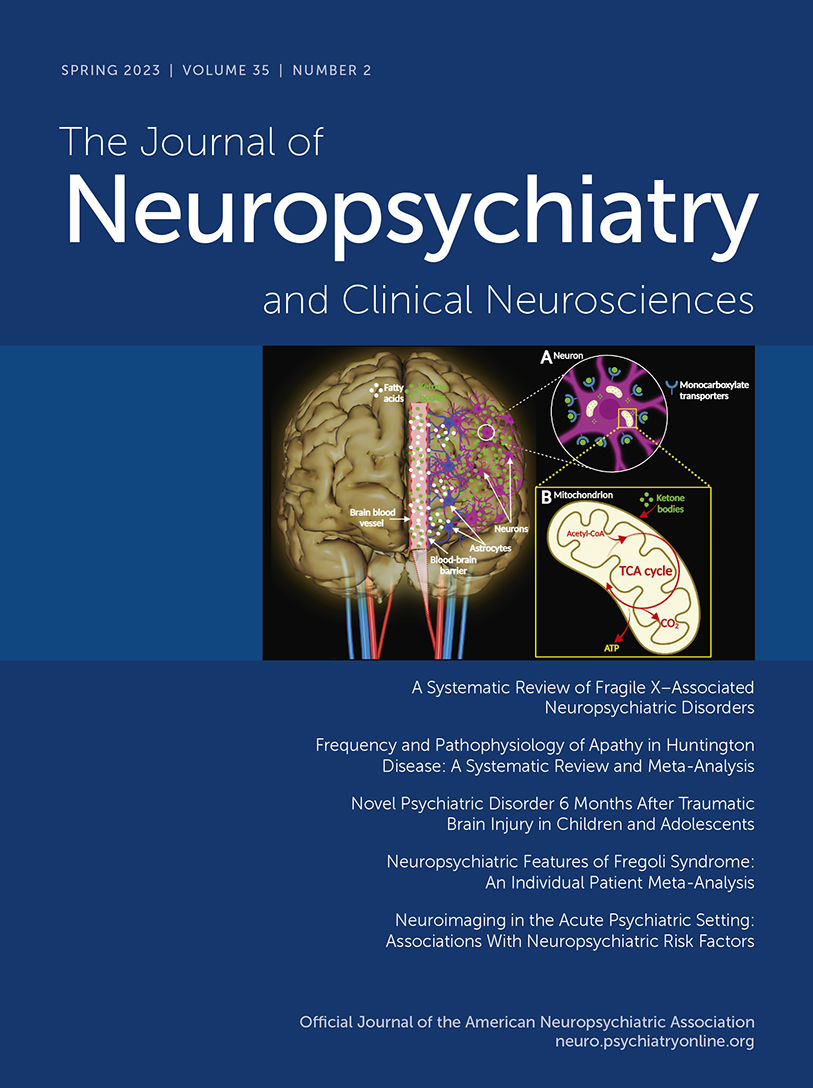Mid- and Late-Life Physical Activity and Neuropsychiatric Symptoms in Dementia-Free Older Adults: Mayo Clinic Study of Aging
Abstract
Objective:
This study examined associations between physical activity (PA) and neuropsychiatric symptoms (NPS) in older adults free of dementia.
Methods:
This cross-sectional study included 3,222 individuals ≥70 years of age (1,655 men; mean±SD age=79.2±5.6; cognitively unimpaired, N=2,723; mild cognitive impairment, N=499) from the population-based Mayo Clinic Study of Aging. PA (taken as a presumed predictor) in midlife (i.e., when participants were 50–65 years of age) and late life (i.e., the year prior to assessment) was assessed with a self-reported, validated questionnaire; PA intensity and frequency were used to calculate composite scores. NPS (taken as presumed outcomes) were assessed with the Neuropsychiatric Inventory Questionnaire, Beck Depression Inventory (BDI-II), and Beck Anxiety Inventory (BAI). Regression analyses included midlife and late-life PA in each model, which were adjusted for age, sex, education, apolipoprotein E ɛ4 status, and medical comorbidity.
Results:
Higher late-life PA was associated with lower odds of having apathy (OR=0.89, 95% CI=0.84–0.93), appetite changes (OR=0.92, 95% CI=0.87–0.98), nighttime disturbances (OR=0.95, 95% CI=0.91–0.99), depression (OR=0.94, 95% CI=0.90–0.97), irritability (OR=0.93, 95% CI=0.89–0.97), clinical depression (OR=0.92, 95% CI=0.88–0.97), and clinical anxiety (OR=0.90, 95% CI=0.86–0.94), as well as lower BDI-II (β estimate=−0.042, 95% CI=−0.051 to −0.033) and BAI (β estimate=−0.030, 95% CI=−0.040 to −0.021) scores. Higher midlife PA was associated only with higher BDI-II scores (β estimate=0.011, 95% CI=0.004 to 0.019). Sex modified the associations between PA and NPS.
Conclusions:
Late-life PA was associated with a lower likelihood of clinical depression or anxiety and subclinical NPS. These findings need to be confirmed in a cohort study.



